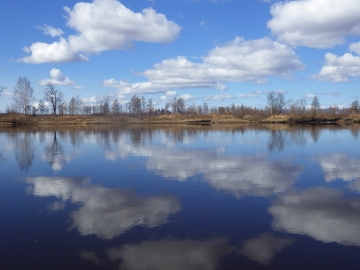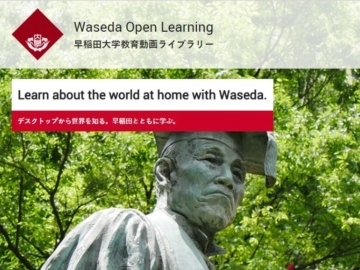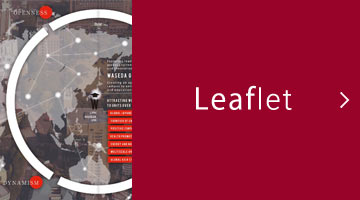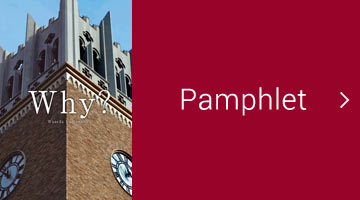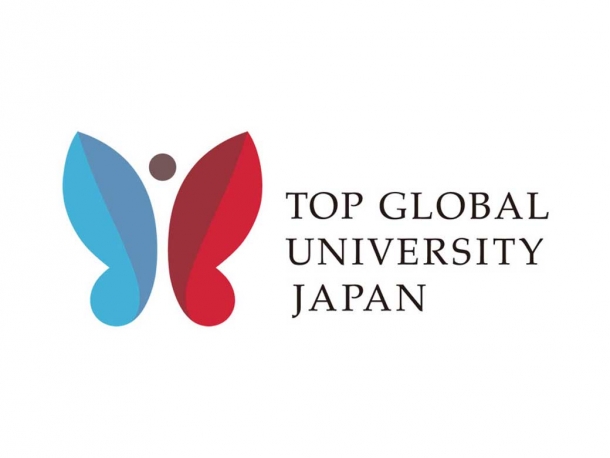This Open Lecture “The Basics of Traditional Japanese Painting: Techniques, Materials and Reception” was planned as the second public lecture in the seminar series “Humanities in the Anthropocene,” a research project of the Waseda Institute for Advanced Study (WIAS).

This lecture was a great success with 81 participants from a wide range of domestic and international research fields. Professor Karino, Associate professor, School of International Liberal Arts, Department of Interdisciplinary Studies, Dokkyo University, the lecturer, specializes in classical painting techniques and materials, while involved in painting as a Japanese-style painter. In this lecture, she talked about the relationship between painting and the environment from a diachronic perspective, covering the following five topics:
1. Materials for Japanese painting (pre-modern period)
2. Materials for Japanese painting (Early Modern and Contemporary)
3. Materials for painting, and the environment
4. Results of optical research
5. Viewpoints and perspectives on the history of painting techniques and materials
First of all, through topic 1 and 2, she introduced that artificial pigments and chemically synthesized materials were used in the 18th century, in addition to traditional painting materials, resulting in the expanded expressive possibilities of painting (especially the color tones expressible in paints). In line with this, new painting theories, such as Goethe’s theory of color, appeared. Additionally, in chronological order, she explained that the use of artificial pigments imported by Jakuchu Ito and others began in Japan at the same time. Through these phenomena, she suggested that the industrial revolution and the globalization of distribution in the 18th century, regarded as the beginning of the Anthropocene, had an impact also on the field of painting.
In topic 3, she discussed the actual conditions of painting workshops and the distribution of painting materials in pre-modern Japan, using historical documents and historical materials on paintings. In ancient and medieval times, lapis lazuli, a precious blue raw material, was distributed throughout the world from its place of origin (Central Asia), and in ancient Japan, paints made from precious stones and precious metals were offered to the Imperial Court and powerful temples from all over the country. These brought the existence of an “economic sphere” surrounding paints to light. In topic 4 and 5, she introduced the usefulness of engineering research in art history, especially the use of infrared photography, through her own recent research.
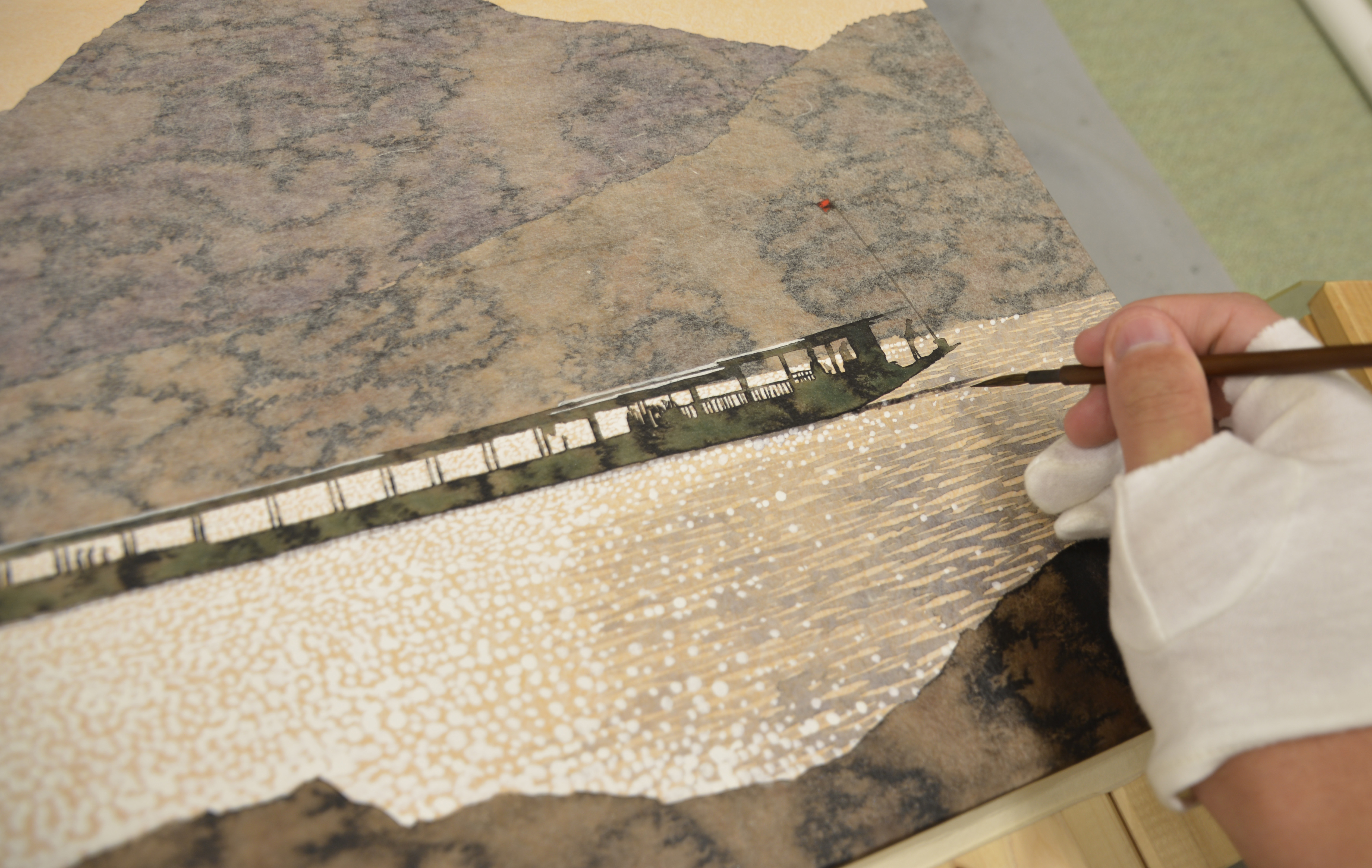


In the discussion session, participants actively exchanged their opinions on the following topics: the possibility of silk analysis to determine the place and date of production of artworks; the nature of pre-modern rights and interests in paints and their raw material, ore; the possibility of using vegetable glue as a substitute for animal glue in modern painting production; the accumulation of scientific research in the study of Buddhist painting in Japan; and the possibility of collaboration between the history of painting and economic history. This was an opportunity to show the possibility of highlighting the society and history in which art works created and passed on, not only from the perspective of the iconography (meaning), i.e., the content of expression, but also from the physical aspect, i.e., materials and techniques.

Event overview
Date/Time: February 5, 2022 (Sat.), starts at 10:00 (JST)
Location: Online meeting via Zoom (prior registration required)
Moderator: YAMAMOTO, Satomi (Waseda University)
Program
10:00 – 10:10 Opening Address
10:10 – 11:10 The Basics of Traditional Japanese Painting: Techniques, Materials and Reception KARINO, Kayoko
11:10 – 11:15 Break
11:15 – 11:55 Speaker-Participants Discussion

